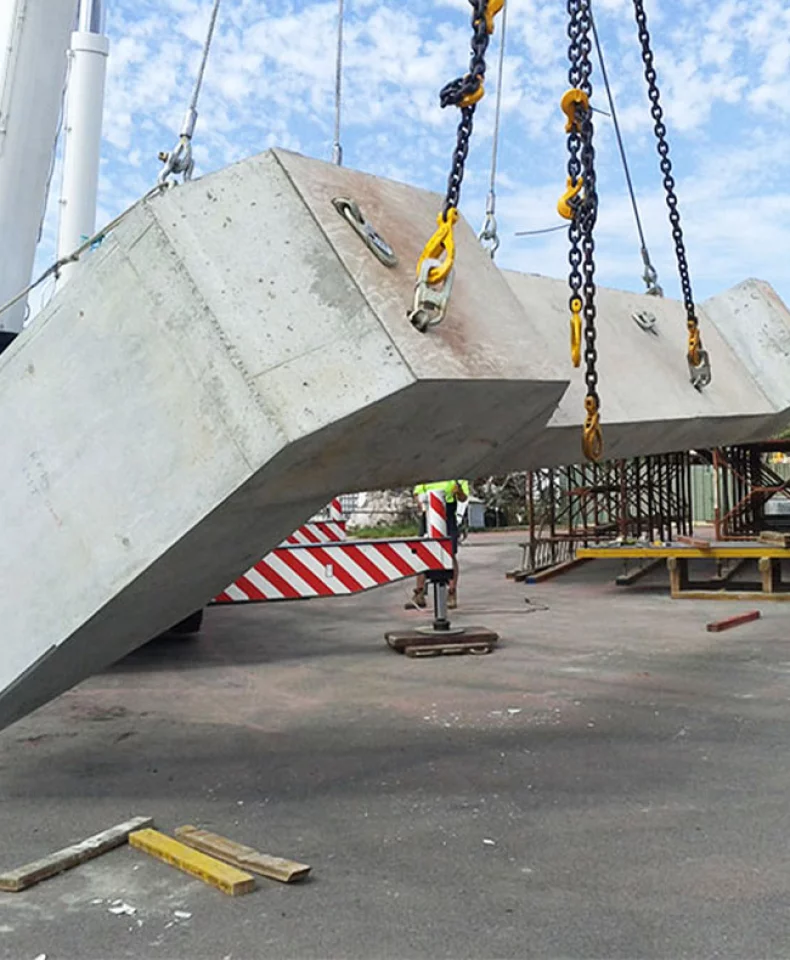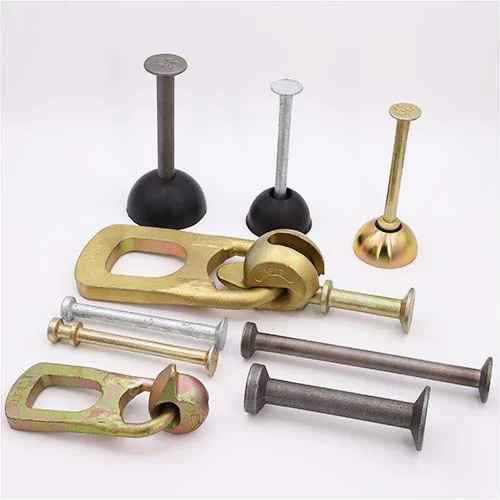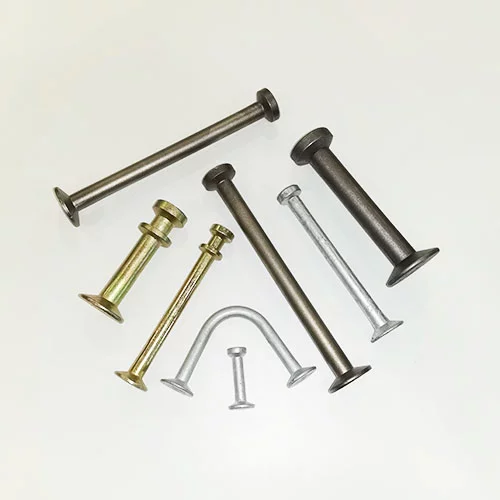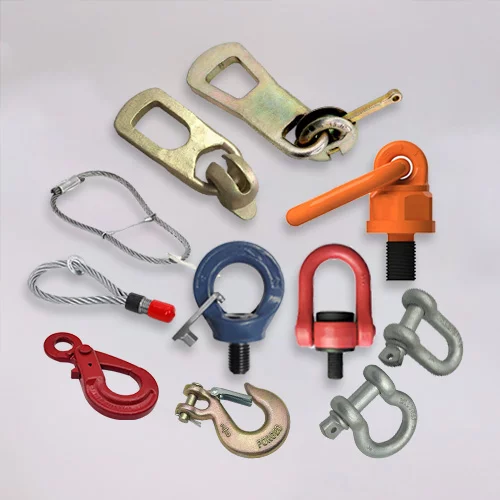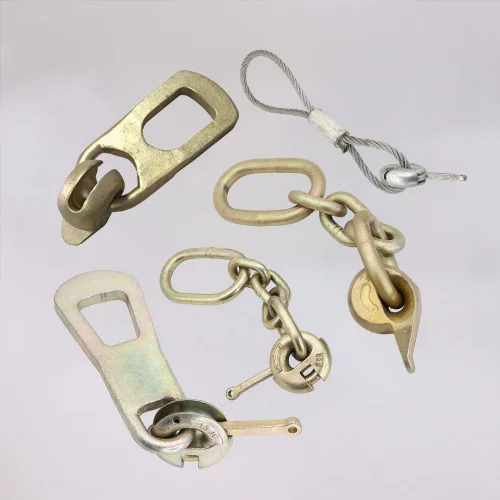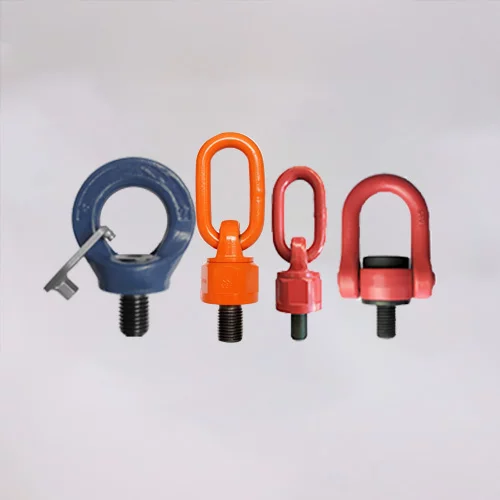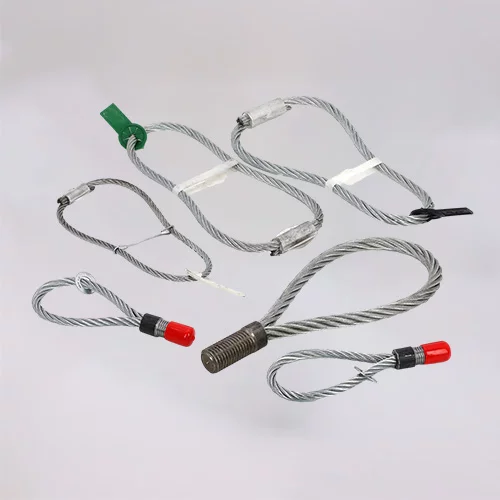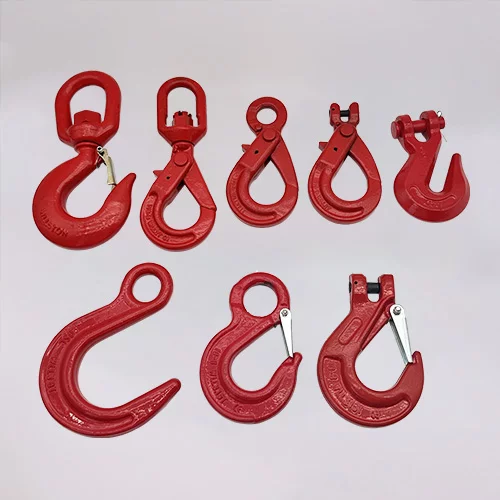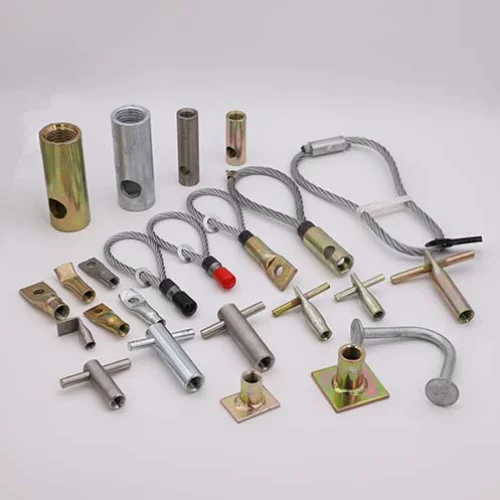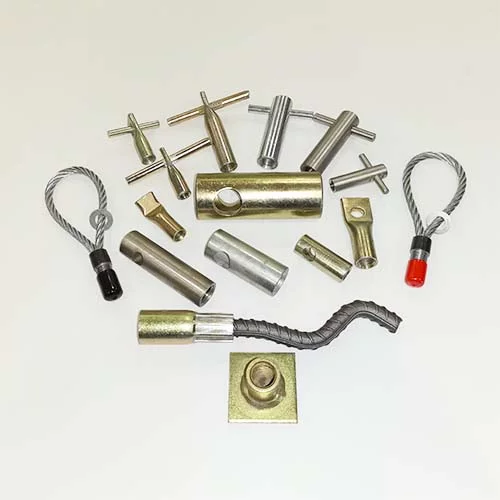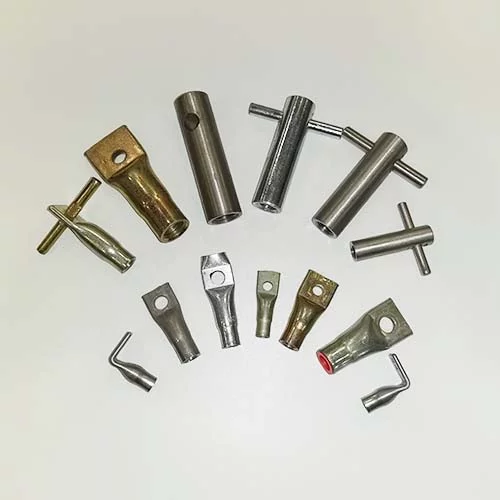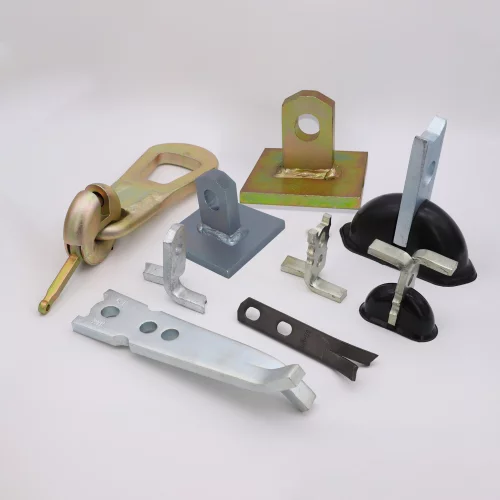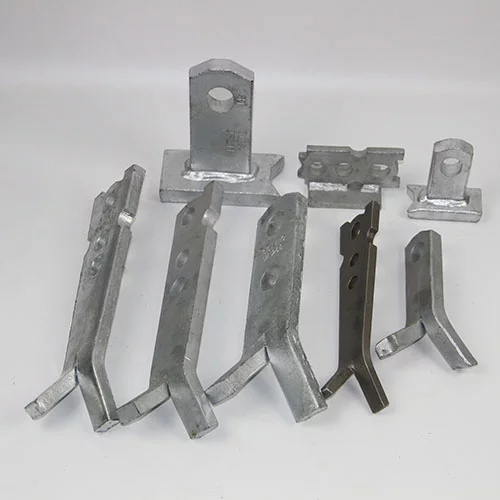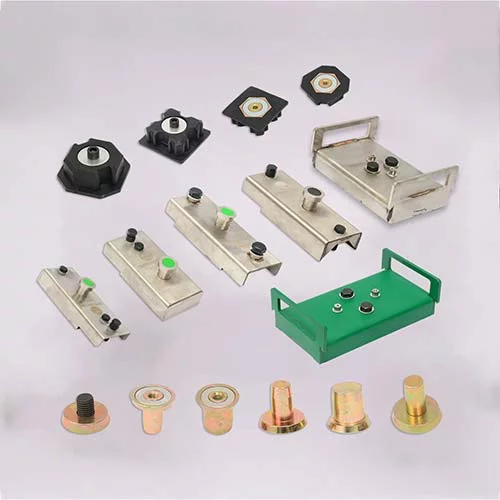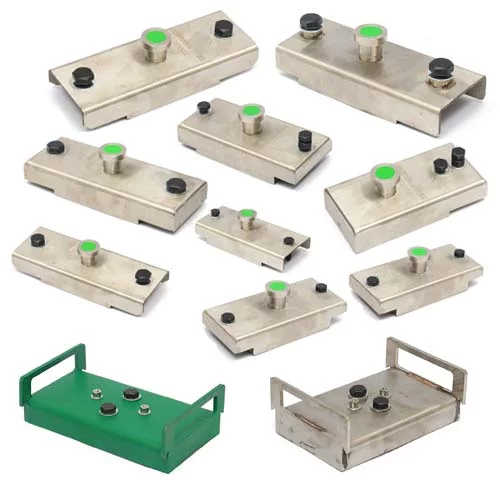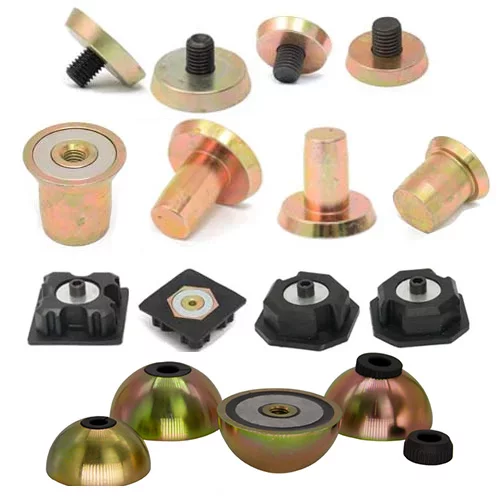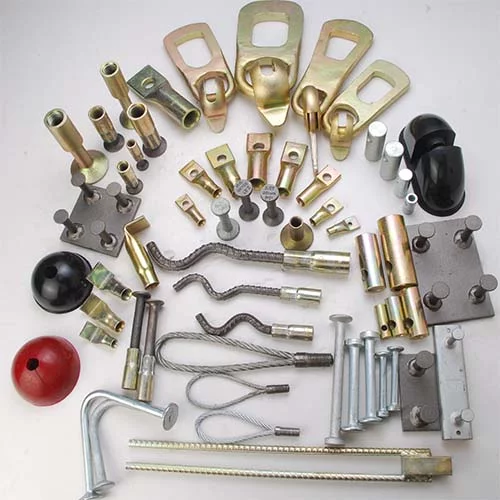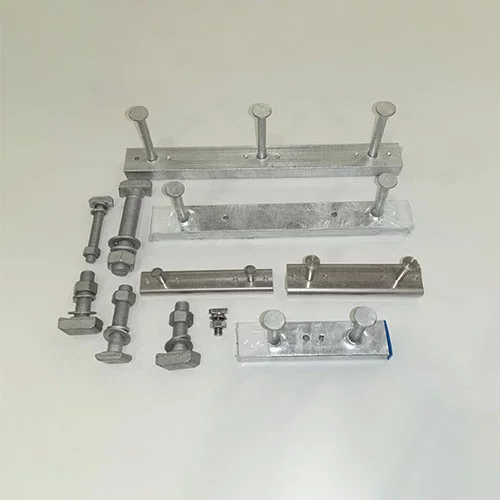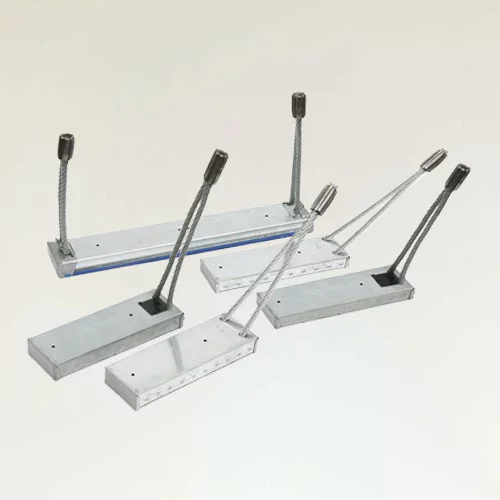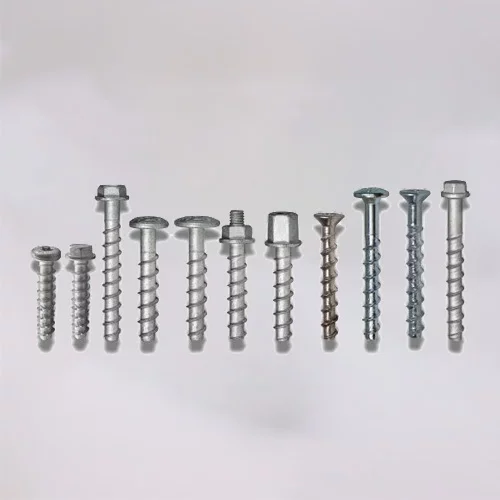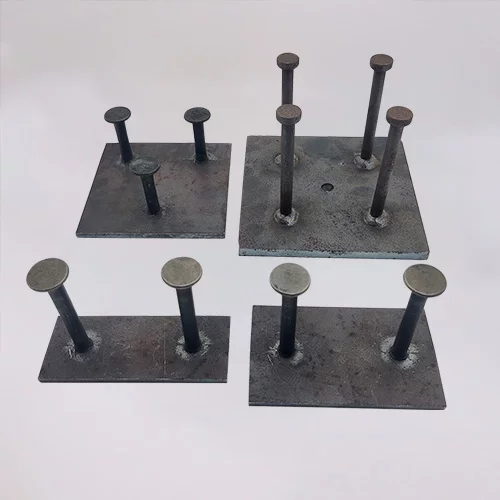How to use lifting anchors correctly: ensuring construction safety and efficiency

In the process of lifting precast concrete components, lifting anchors play a vital role. As part of the lifting tools, lifting anchors can not only effectively support and transfer loads, but also ensure the safety and efficiency of the lifting process. However, the correct use of lifting anchors is directly related to the safety of the construction site. Incorrect operation may cause equipment damage or even cause safety accidents. Therefore, mastering how to use lifting anchors correctly has become a necessary skill for every person engaged in construction.
This article will introduce the types of lifting anchors, material selection, manufacturing process, installation and use methods, maintenance skills, and other aspects in detail, and finally explain the advantages of choosing HULK Metal as a supplier.
Types of lifting anchors
As an indispensable component in construction, lifting anchors have many different types, each of which is suitable for different construction needs and environments. The following are several common types of lifting anchors:
Spherical head lifting anchor
The spherical head lifting anchor is a simple but powerful lifting device. Its structural feature is the use of a spherical head, which can better adapt to the various forces generated by the offset during the lifting process. When using a spherical head lifting anchor, the load can be more evenly distributed, thereby improving the safety of the lifting operation.
Applicable scenarios: spherical-head lifting anchors are suitable for occasions where the load is large and the lifting process requires a flexible operation, especially in construction projects that require high-frequency lifting.
Double-headed anchors
The design of double-headed anchors allows two slings to be connected to one anchor point at the same time, which makes double-headed anchors have unique advantages in carrying and distributing loads. They are often used in lifting operations that need to bear large loads and require two lifting points.
Applicable scenarios: Suitable for the lifting of heavy objects, especially in bridge construction and the installation of large structures, double-headed anchors can provide stable and uniform load distribution.
Lifting eye anchors
Lifting eye anchors usually have a high load-bearing capacity. Its main feature is that a circular eye hole is set on the anchor point, and the sling can be connected through the eye hole hook during lifting. The design of the lifting eye anchor can enhance the stability during lifting and avoid sliding or deformation of the anchor point.
Applicable scenarios: Lifting eye anchors are suitable for a variety of lifting needs, especially in large-scale lifting projects, such as the handling of large steel components and heavy equipment.
Precast Utility Anchor
The bent pin anchor can ensure that the anchor point is firmly fixed during the lifting process through a special pin structure, and can effectively prevent the tilting and sliding of the hoisted object. The bent pin anchor has good adaptability and is suitable for various terrains and lifting requirements.
Applicable scenarios: bent pin anchors are often used on special occasions, such as lifting in a small space or lifting projects that require high stability.
Material selection of lifting anchors
The material of the lifting anchor directly determines its performance, including strength, durability and corrosion resistance. Therefore, choosing the right material is crucial for the long-term use of the lifting anchor.
Common materials and their properties
20Mn2: This is a commonly used high-strength steel with excellent tensile strength and wear resistance, and is widely used in lifting projects requiring high strength. 20Mn2 has good fatigue resistance and is suitable for frequently used lifting anchors.
Q345D: Q345D is a low-alloy high-strength structural steel suitable for medium and low temperature environments. It has good welding performance and plasticity and is often used in large lifting projects.
CM490: This material is often used in environments that require high corrosion resistance. CM490 has strong corrosion resistance and is suitable for lifting anchors used in marine and chemical environments.
Stainless steel: Stainless steel lifting anchors have good oxidation resistance and corrosion resistance and are suitable for use in environments with high humidity or strong chemical corrosion. Stainless steel lifting anchors are usually used in high-end projects to ensure their long-term stable operation.
The manufacturing process of lifting anchors
The manufacturing process of lifting anchors involves multiple links, from the selection of raw materials to the final quality inspection, each step needs to be strictly controlled to ensure the reliability and performance of the lifting anchor.
Material selection
The materials of the lifting anchor must meet the requirements of high strength, corrosion resistance and high stability. During the material procurement stage, suppliers need to strictly screen high-quality raw materials with international certification and test the materials to ensure that they meet the standard requirements.
Design and engineering
The design of the lifting anchor is not only required to comply with the structural safety specifications, but also take into account the complexity of the lifting operation. Designers need to provide the most suitable lifting anchor design solution according to different load requirements, lifting methods and working environments.
Forging and Processing
The forging process of the lifting anchor is crucial, and hot die forging technology is usually used. This process can effectively improve the density and tensile strength of the lifting anchor. During the processing stage, precision machining and cutting ensure that the size and shape of each lifting anchor perfectly meet the design requirements.
Heat Treatment
The surface hardness and fatigue resistance of the lifting anchor are greatly improved through the heat treatment process. Different heat treatment methods (such as quenching, tempering, normalizing, etc.) will help to improve the bearing capacity and damage resistance of the lifting anchor during the lifting process.
Surface Treatment
Surface treatment processes usually include galvanizing, spraying, etc. to enhance the corrosion resistance of the lifting anchor. Hot-dip galvanizing is a common surface treatment method that can effectively prevent the surface of the lifting anchor from rusting, especially when used in harsh environments, it can extend its service life.
Quality Control and Testing
Quality control is a key link in the production of lifting anchors. Each batch of lifting anchors produced must undergo strict quality inspections, including tensile tests, hardness tests, corrosion resistance tests, etc., to ensure that each product meets or exceeds national and international standards.
Installation and Use Guide for Lifting Anchors
The correct installation and use of lifting anchors are essential to the safety of lifting operations. The following are the correct installation and use methods for lifting anchors:
Preparation before installation
Before installing the lifting anchor, it must be inspected to ensure that there are no cracks, deformations or other defects that affect its use. In addition, the integrity of the lifting equipment and slings should be checked to ensure that they are compatible with the lifting anchor.
The correct installation method for lifting anchors
When installing the lifting anchor, it must be ensured that it is correctly positioned to avoid offset or looseness. The slings should be evenly distributed to prevent overloading on one side or uneven tension.
Precautions during lifting
During the lifting process, the operator should always pay attention to the uniform distribution of the load to avoid eccentric loading, vibration or other factors that affect the stability of the lifting. During the lifting process, the safety operating procedures should be followed to ensure the smooth progress of the lifting operation.
Common problems and solutions
If the lifting anchor is loose or deformed, the lifting operation should be stopped immediately and the cause of the problem should be checked. The lifting anchor with problems should be replaced or repaired in time to avoid affecting the safety of construction.
Maintenance and inspection of lifting anchors
Regular maintenance and inspection of lifting anchors are necessary measures to ensure their long-term effective use. The following are suggestions for maintenance and inspection of lifting anchors:
Regular inspection
The lifting anchors should be inspected regularly, and the inspection frequency is determined according to the intensity of the lifting operation and the environmental conditions. Focus on checking the wear, cracks, deformation and other problems of the lifting anchors.
Maintenance methods
Daily maintenance includes cleaning the surface of the lifting anchor to avoid dirt accumulation and remove corrosive substances. Anti-corrosion treatment is performed on the surface of the lifting anchor to maintain its corrosion resistance.
Replacement standard
When the lifting anchor is severely worn, corroded, or damaged, it should be replaced in time. The replacement standard should be determined according to the usage, material properties and load requirements.
Advantages of choosing HULK Metal
As a professional lifting anchor supplier, HULK Metal provides high-quality and high-reliability lifting anchor products to help customers improve construction efficiency and ensure the safety of the lifting process.
Professional design and customization
HULK Metal provides tailor-made lifting anchor design services according to customer needs to ensure that the most suitable products can be selected for each project.
Strict quality control
HULK Metal implements strict quality control during the production process. From raw material procurement to production and processing, every link is carefully tested to ensure that the product quality meets international standards.
Thoughtful packaging service
HULK Metal provides professional packaging services to ensure that the products are not damaged during transportation and reach customers on time.
Preferential policies and regional protection
HULK Metal provides dealers with competitive preferential policies and ensures regional market protection for dealers to create a good business environment for partners.
Lifting anchors are indispensable and important equipment in the lifting process. The correct use and maintenance of lifting anchors are essential for construction safety. Choosing HULK Metal as a supplier can not only ensure high-quality products but also enjoy professional customization services and reliable after-sales support. By choosing HULK Metal, you can ensure that the lifting operation is more efficient and safe, and promote the smooth completion of the project.
Article Navigation
PRECAST CONCRETE ACCESSORIES
Other Precast Concrete Accessories You Might Want to Know
You can click to learn more about HULK Metal precast concrete accessories such as lifting anchors, precast sockets, spread anchors, shuttering magnets, cast-in channels, wire loop boxes, and other precast concrete accessories you might want to know.
